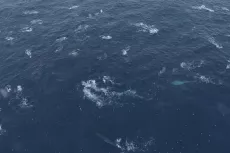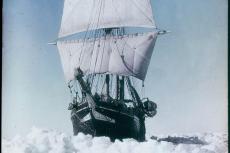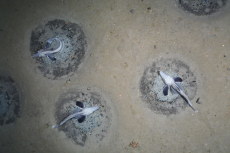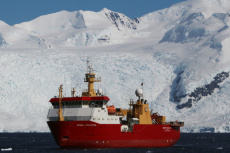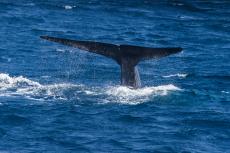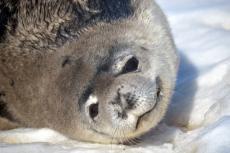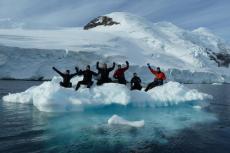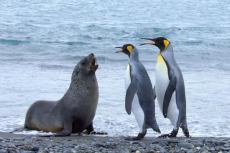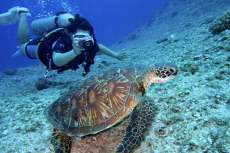Antarctic Wildlife Threatened by Lingering Hole in Ozone Layer
In recent years, the hole in the ozone layer over the Antarctic has persisted all the way to December, thereby exposing the local wildlife and emerging vegetation to the sun's ultraviolet rays.
The ozone layer is back on our radar. Although its condition has improved after the Montreal Protocol was implemented, the hole reappears every spring over the Antarctic.
In recent years, it is no longer just a winter phenomenon anymore; it Is stretching into the early summer, coinciding with crucial times in the life cycles of local wildlife and emerging vegetation, exposing them to the sun's ultraviolet rays. As our planet changes, the timing of this exposure could have profound effects on the delicate ecosystems of the Antarctic.
The hole in the ozone layer
The hole in the ozone layer was first discovered in 1985, caused by chemicals, primarily CFCs (chlorofluorocarbons) that were used as refrigerants. To prevent further depletion, the Montreal Protocol treaty was signed two years later in which countries agreed to phase out the use of such chemicals.
This has aided in the recovery of the ozone layer, However, this does not last throughout the year. "… There's a hole—an area where the ozone layer is very depleted—that appears every spring over Antarctica," said Prof Sharon Robinson, deputy director of University of Wollongong's Securing Antarctica's Environmental Future research programme.
The hole usually peaks around September and October, when most land-based animals and plants are under snow cover and the marine animals are under thick sea ice. Such conditions are beginning to last till December-Antarctic summer-and this is not ideal.
"That's when things will be exposed and most vulnerable," said Prof Robinson.
Effects on animals
In humans, exposure to certain types of ultraviolet radiation from the sun, called UV-B rays, increase the risk of skin cancer and cataracts. As for the Antarctic animals, while Robinson thinks that they could possibly be protected by their fur and feathers, the biggest risk to them would be eye damage.
After reading through past studies about the effects of UV on Antarctic plants and animals, the research team found evidence of Antarctic mosses that synthesised their own protective "sunscreen compounds", as well as krill moving progressively deeper into the ocean to avoid UV rays. A consequence of the latter was that the animals that consumed krill (like whales, seals and seabirds) would need to swim deeper to feed on them.
Roadblocks to recovery
The ozone hole’s recovery has not been a smooth one. Reasons for this include large volcanic eruptions and wildfires-including the massive Australian bushfires in 2019 and 2020 that release particles that fuel ozone-depleting reactions in the ozone.
Jim Haywood, Professor of Atmospheric Science at the University of Exeter, described the record duration of the Antarctic ozone hole in recent years as "a wake-up call" in a BBC News report.
"Society cannot be complacent about our achievements in tackling it," he said.




